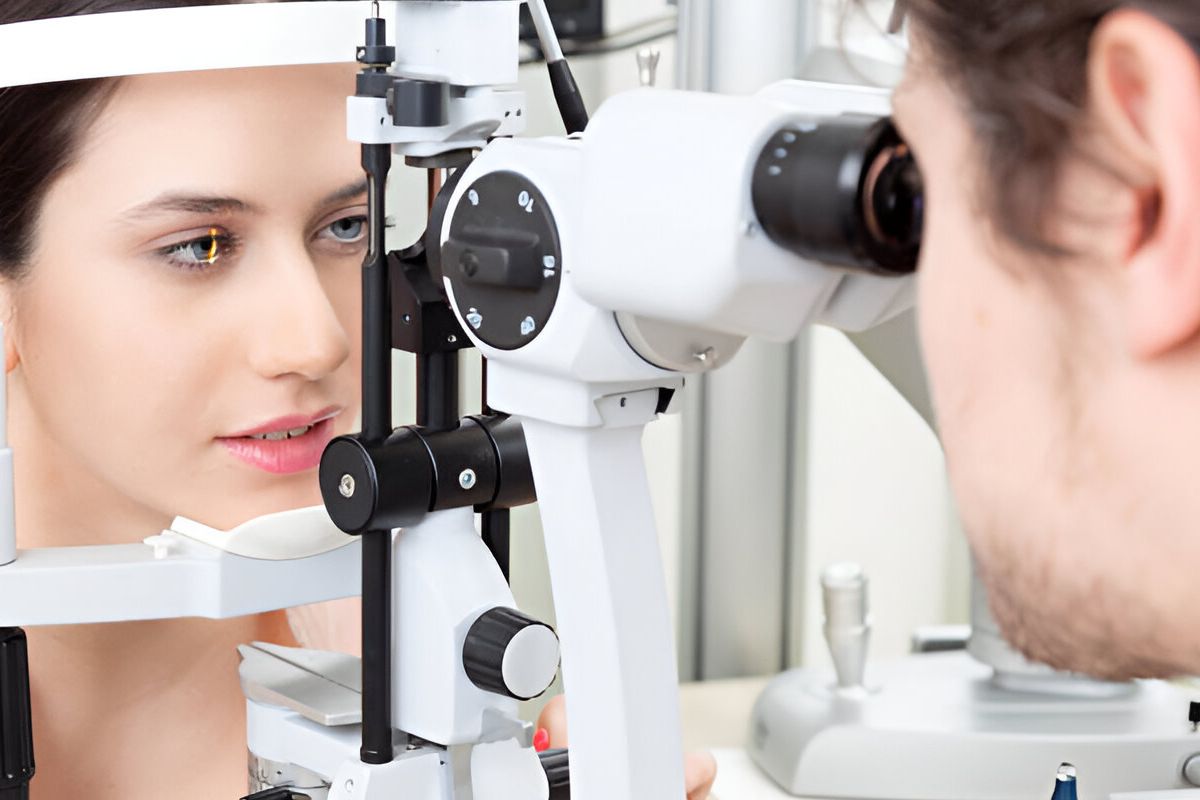Ophthalmology is a field which has witnessed a lot of progress – or at least it has been progressing rapidly in the recent decades where OCT devices are evidently a distinct innovation. These devices are now considered to be an indispensable instrument in the modern optometry practice since they allow eye doctors to see retina structures in detail.
It is a tool that ophthalmologists use to capture images of eyes without having to physically enter the patient’s eye; its application is also paramount in diagnosis of eye complications such as glaucoma, macular degeneration, and retinopathy as a result of diabetes. It means that such patients could be diagnosed and therefore could avoid delay in treatment, hence no more cases of irreversible vision loss.
Table of Contents
Enhancing Early Detection of Eye Diseases
Various applications of OCT devices have made it very easy for ophthalmologists to diagnose eye issues at their initial stages. There are several advantages which can be referred to with regard to OCT, namely, an OCT device can generate cross-sectional images of the retina and the layers of the eye can be clearly examined. This capability is especially helpful in diagnosing diseases like macular degeneration, glaucoma, and diabetic retinopathy. Many of these conditions if not diagnosed early are known to cause irreversible loss of vision and thus early diagnosis is crucial.
Through OCT, one is able to notice even the slightest changes in the structure of the retina even before the patient may realize them. Therefore, an OCT device is a useful screening instrument, when it comes to routine eye examinations of people who are likely to be suffering from serious eye complications.
Non-Invasive and Painless Imaging
Another remarkable feature of most OCT devices is their non-incision capabilities. Compared to other imaging techniques, this was not invasive in any way and there was no contact with the eye during the procedure. This method allows the practitioner ophthalmologist to obtain clear images of the retina without the use of tools to dilate the eye or invasive procedures.
Most patients regard OCT imaging as a convenient tool since it causes minimal discomfort, unlike other eye examination techniques. In addition, the OCT has no side effects and can be carried out multiple times to track gradual changes caused by diseases such as glaucoma or macular degeneration.
Accurate Monitoring of Treatment Progress
An OCT device is very essential in assessing the efficiency of different treatment methods used in managing different eye ailments. For instance, diabetic retinopathy patients can receive normal OCT scans to check the advancement of therapy and the alterations in the retina. As we mentioned earlier, OCT’s images facilitate early detection, and the detailed images make it easier for the ophthalmologist to determine the changes of the treatment plan that will benefit the patient.
Conclusion
To sum up, the incorporation of the OCT devices into ophthalmic instruments is highly advantageous, especially for the prompt detection of eye diseases. Due to their capacity to offer noninvasive, high-resolution imaging, they have become a necessity in contemporary ophthalmology. Even in the future, OCT will undoubtedly persist as one of the pioneers in the development of new technologies in vision health.

